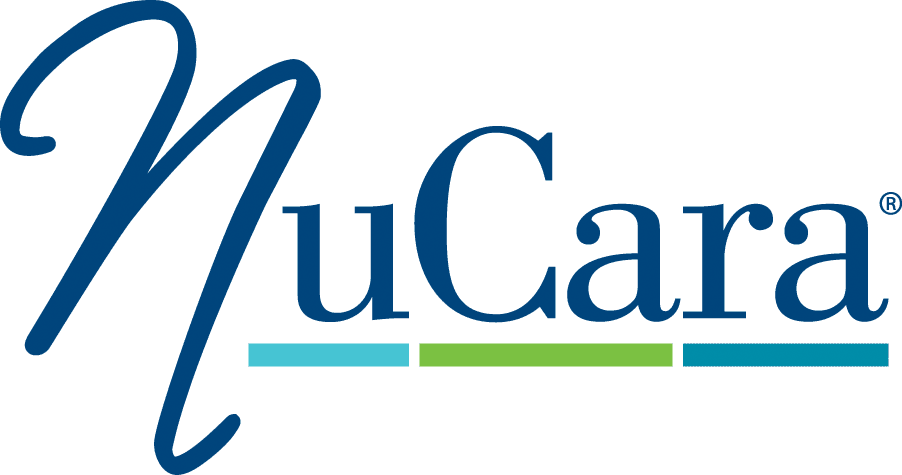One of the fastest growing lifestyles is gluten-free diets. Thousands of people are switching to gluten-free due to intolerances, diet changes, or conditions like celiac disease. Gluten is a protein that’s found in wheat, barley, and rye and can cause reactions like constipation, nausea, and bloating. Celiac disease is the most severe form of gluten intolerance. However, even a mild intolerance can affect your daily life. People with gluten-free diets are becoming more common as awareness about gluten intolerance continues to rise. It is important for gluten-free people to know the hidden sources of gluten in your everyday life.
Is there gluten in any of my prescriptions?
While rare, gluten can be found in prescription medication, over-the-counter medications, vitamins and supplements. The FDA does not regulate if a prescription contains gluten unless the manufacturer claims that it is a gluten-free medication. If a bottle specifically says it’s gluten free, then it is. This rule covers prescriptions and dietary supplements, but does not include OTC medications.
What resources do I have?
You can always ask a pharmacist to help you with more in-depth research on if your medication contains gluten. It may take them some time to get the information, but pharmacists are always willing to help. However, if you want to do your own research there are a few websites that can be extremely useful.
Gluten Free Drugs is a list created by Dr. Steven Plogsted and his pharmacy students at Columbus Children’s Hospital in Columbus, OH. This has information including gluten status and if the medications contain corn starch, potato starch, lactose, or soy.
PillBox is another tool that can be used to identify medications and also lists every active and inactive ingredient that goes into making the pill. This is useful so that you are able to look up every ingredient and can determine if it contains any gluten.
Beyond Celiac is an organization where you can find information on all aspects of being gluten-free. This is a great source for all things gluten-free, from food to research to medicine.
You are also able to call the manufacturer of the medication in question and speak with a representative in order to find out if their product has any gluten.
The Red Flags of Gluten Ingredients
While the active ingredient of the drug may not have gluten, there are others called excipients that might. Excipients are used to bind pills together, and there are a variety of types. It can be difficult to spot hidden gluten, which is why you should always double check with your providers. There are some ingredients that should be automatic red flags. When looking at excipients the ones to immediately look into include:
- Wheat
- Modified starch – when source is not specified
- Pregelatinized starch - when source is not specified
- Dextrates - when source is not specified
- Dextrin - when source is not specified (usually is from corn or potato which is gluten free)
- Dextrimaltose – when barley malt is used
- Caramel coloring – when barley malt is used
Gluten & Vitamins
There are a few brands of vitamins and supplements that have been certified by the Gluten-Free Certification Organization. These companies undergo strict testing to ensure that their products are gluten-free.
- Country Life
- Garden of Life
- Pure Encapsulations
- Wellesse Nature’s Way
For more information, always feel welcome to ask your pharmacist or health care provider for more advice or resources to make the right choices for your health.

